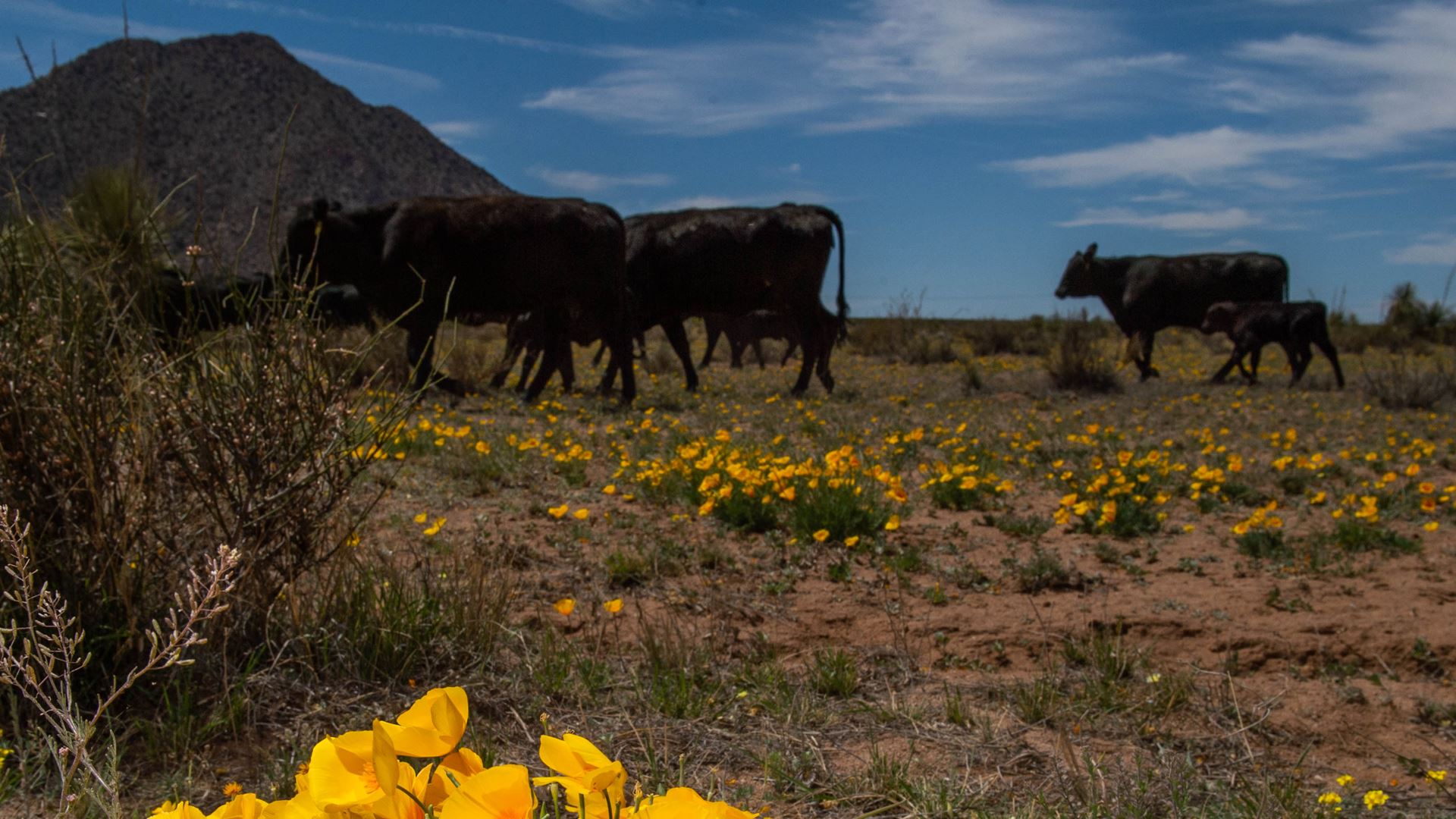“Do Androids Dream of Electric Sheep?” was the title of a science fiction novel in the late 1960s. While future robots may not be dreaming of sheep, they may be herding them as the impact of artificial intelligence on agriculture leads to automated herding of livestock and technology that supports greater food security in arid lands like those in the Western U.S.
“Imagine no more cowboys on horseback running after livestock,” said Enrico Pontelli, dean of New Mexico State University’s College of Arts and Sciences and a Regents Professor in computer science. “We could actually remotely guide livestock from water source to water source and avoid over grazing of different regions. The power of automation is going to be huge.”
NMSU recently received a $2 million grant from the National Science Foundation Research Traineeship (NRT) Program. Pontelli is the principal investigator for the project titled "Artificial Intelligence for Arid Land Agriculture (AIALA). Co-principal investigators in NMSU’s College of Agriculture, Consumer and Environmental Sciences include Lara Prihodko, college associate professor in rangeland ecology and Hatim Geli an assistant professor in animal and range sciences. Son Tran, computer science professor and department head, and Huiping Cao, computer science professor, are also co-principal investigators on the project.
“The purpose is to develop training programs at the graduate level, at the doctoral level, with the goal of building research capacity in graduate students at the intersection between AI and agriculture,” Pontelli said. “We particularly are focused on agriculture for drylands as the greatest challenge we are facing as climate continues to change. Of course, the expectation is that these graduate students will become active researchers and will advance the state-of-the-art in the field. The program will give these students the skills to conduct that research and the opportunities to conduct that research at NMSU.”
The NSF program is designed to encourage the implementation of transformative models for STEM graduate education. Pontelli and his colleagues will be developing the curriculum during the summer, recruiting candidates in the fall and they expect to have the first cohort of graduate students enter the program next spring.
“We plan to develop workshops, lectures and round-table opportunities for students to come together to explore research methods and topics,” Pontelli said. “One of the most important things is to bring together students from both sides – students from agriculture with students from AI – so they can learn from each other.”
Pontelli sees the NSF-funded program as one way to expand NMSU’s influence on a national scale. “This will build components at the graduate level. To me this program is very important because it's a piece of a puzzle that I'm trying to build. We have a separate effort that we're going to develop at the K-12 level. I really think that NMSU has the potential to be a leader in AI education.”
Funding from the grant will be utilized over five years to pay a certain number of graduate students a stipend to be research fellows in the program. Grant funds also will be used to pay faculty members who will help develop training materials. These training modules will then become a permanent resource to train future researchers.
“You really need people who can build the future automation of agriculture and those who are prepared to run it, to know how to use it and to continue to evolve that technology,” Pontelli said. “AI is going to have a much bigger role in agriculture as we move forward.”
Pontelli sees the critical importance of training researchers to use artificial intelligence in solving agricultural problems as the workforce continues to shift in the field of agriculture and fewer people are available to do the work.
“As the drylands continue to expand, we have very large regions with scarce population and limited workforce availability,” Pontelli said. “Agricultural areas will need to rely on automated systems.”
-30-

